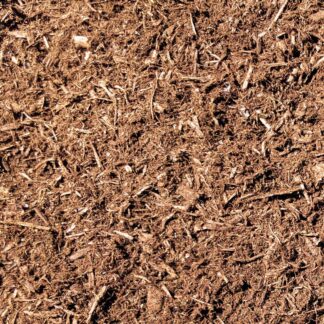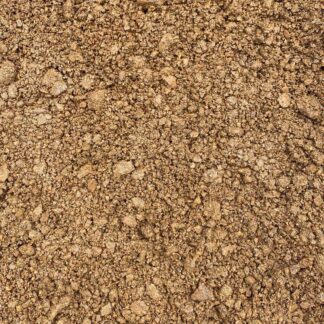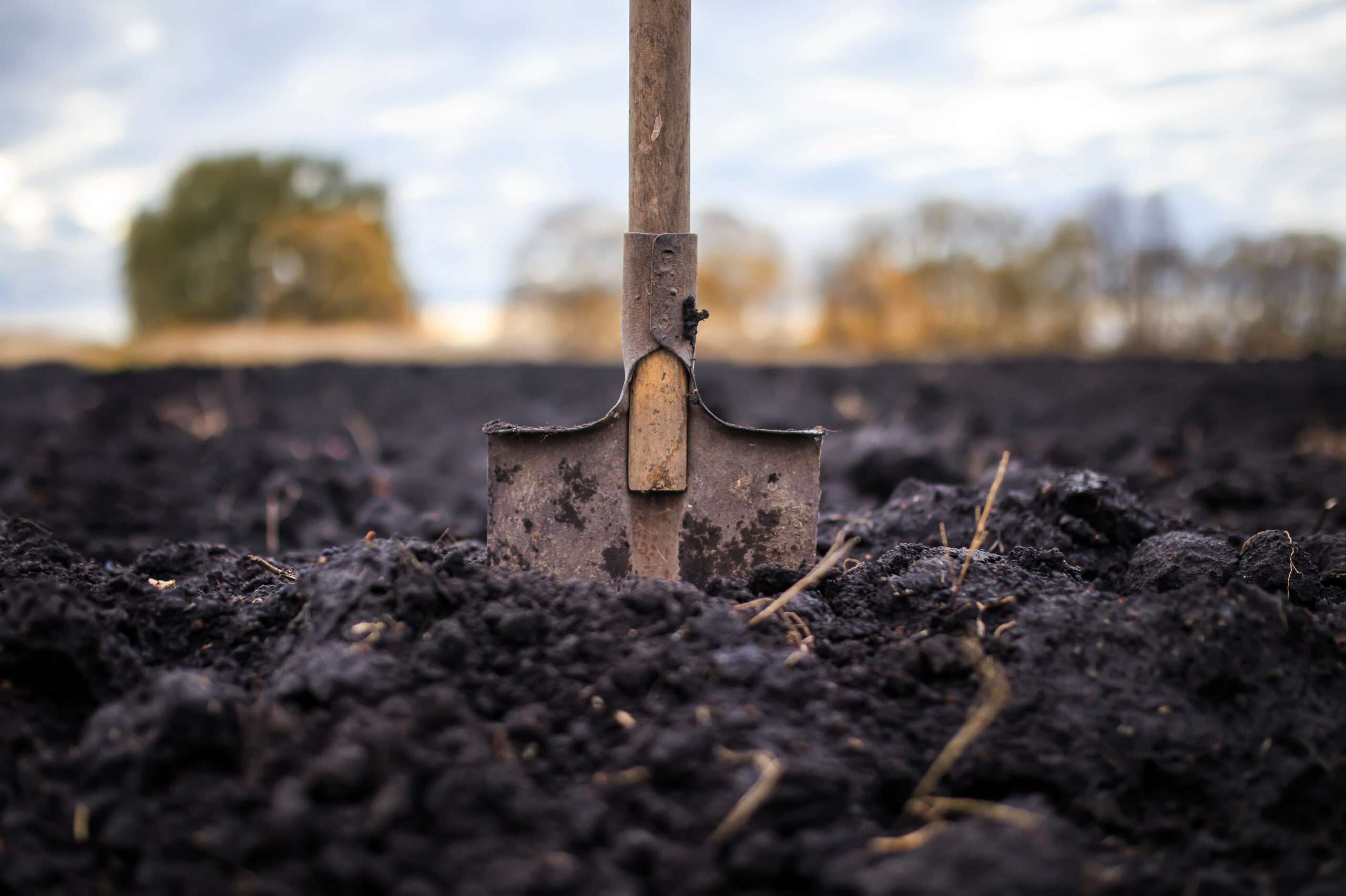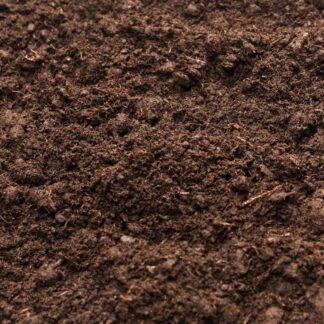
Enriched Topsoil is used for planting new grass or backfilling holes in your yard. This product is mixed with other specialty planting mixes before using in flowerbeds or for trees and shrubs. As with all planting, selecting the right plants for the climate and sun exposure, scheduled fertilization and watering are the keys to success.
Available in bulk at our Nashville locations.
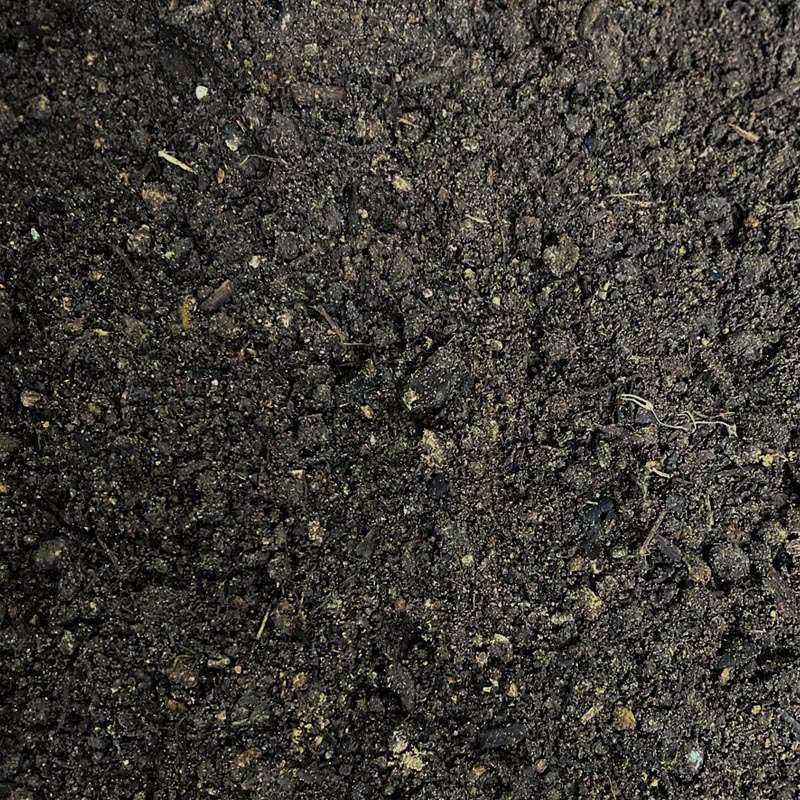
Texas Black Screened (TBS) is a topsoil composed primarily of a dark colored clay and some loam. The soil is passed through a screen to remove debris. This is a locally recycled product and should not be used for planting. TBS is primarily used as a fill dirt or to level low spots.
Available in bulk at select locations in Dallas/Fort Worth.
*In-store and curbside pickup is available. We are temporarily unable to process delivery orders online. If you’d like delivery, please call us. A minimum order of 4 yards required for delivery.

Enriched Topsoil is used for planting new grass or backfilling holes in your yard. This product is mixed with other specialty planting mixes before using in flowerbeds or for trees and shrubs. As with all planting, selecting the right plants for the climate and sun exposure, scheduled fertilization and watering are the keys to success.
In Houston, Enriched Topsoil is available in bags, bulk and pallets at all locations except Lake Jackson.
*In-store and curbside pickup is available. We are temporarily unable to process delivery orders online. If you’d like delivery, please call us. A minimum order of 4 yards required for delivery.
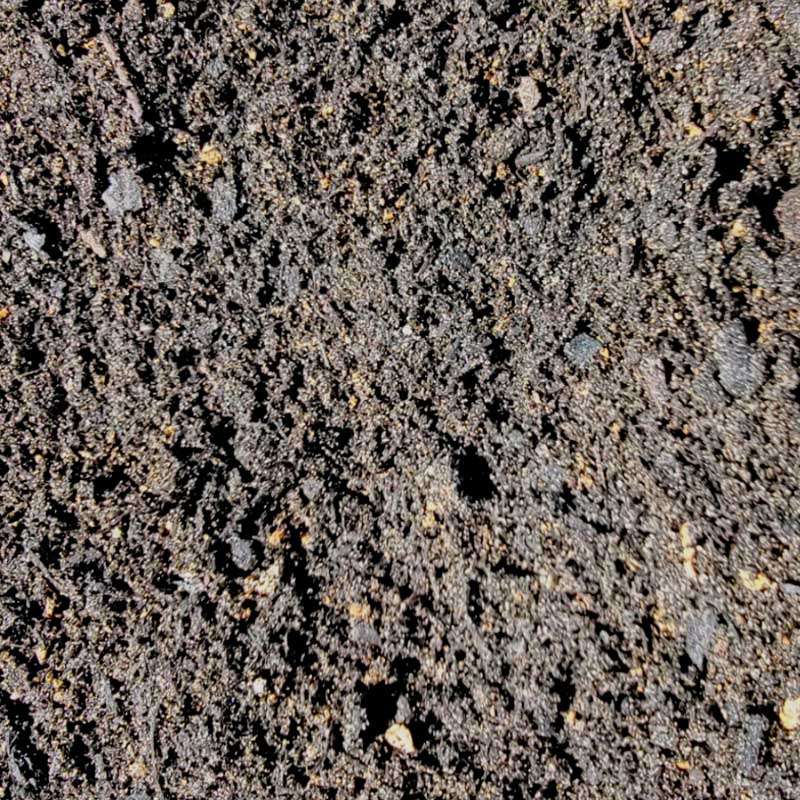
One of the most popular soil mixtures in Tennessee, Magic Mix is a blend of topsoil and leaf-based compost, which is high in nitrogen. We top off the nutrient-rich blend with sand to provide great drainage while ensuring that plant roots get plenty of water. From flowers and vegetables to shrubbery, you can use Magic Mix garden soil for most needs.
Available in bulk in Nashville.

One of the most popular soil mixtures in Tennessee, Magic Mix is a blend of topsoil and leaf-based compost, which is high in nitrogen. We top off the nutrient-rich blend with sand to provide great drainage while ensuring that plant roots get plenty of water. From flowers and vegetables to shrubbery, you can use Magic Mix garden soil for most needs.
Available in bulk at most locations in Nashville and Knoxville (not available at Middlebrook).

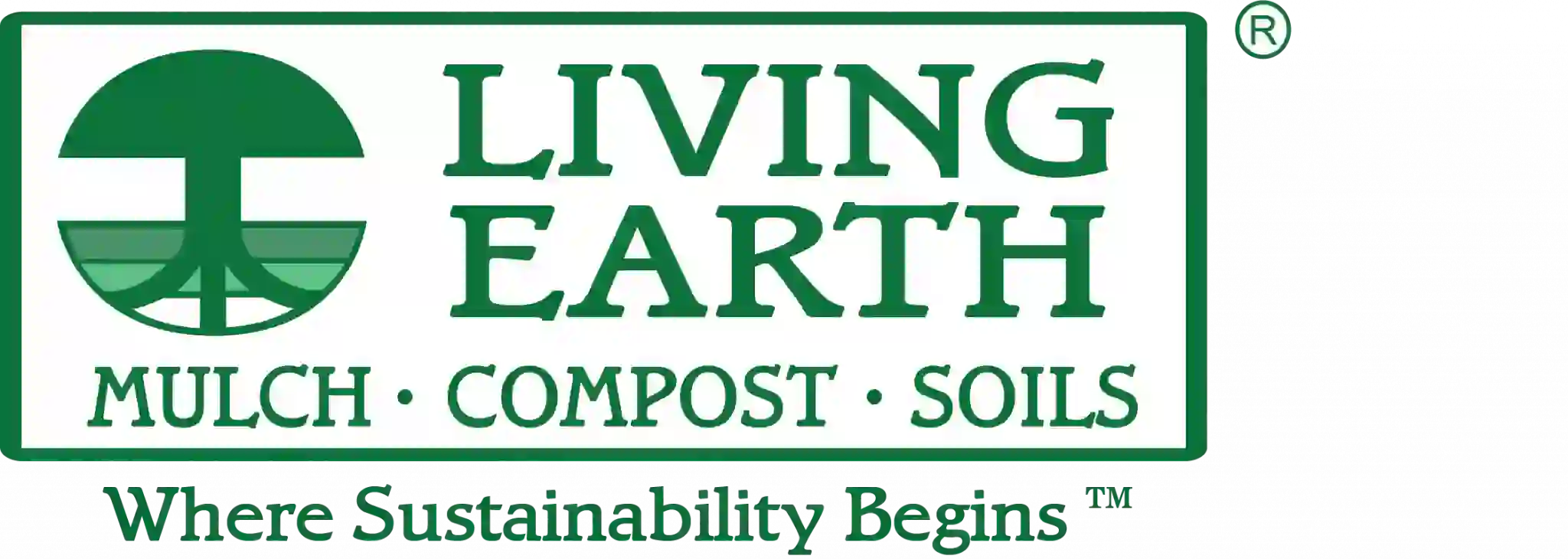
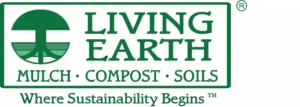


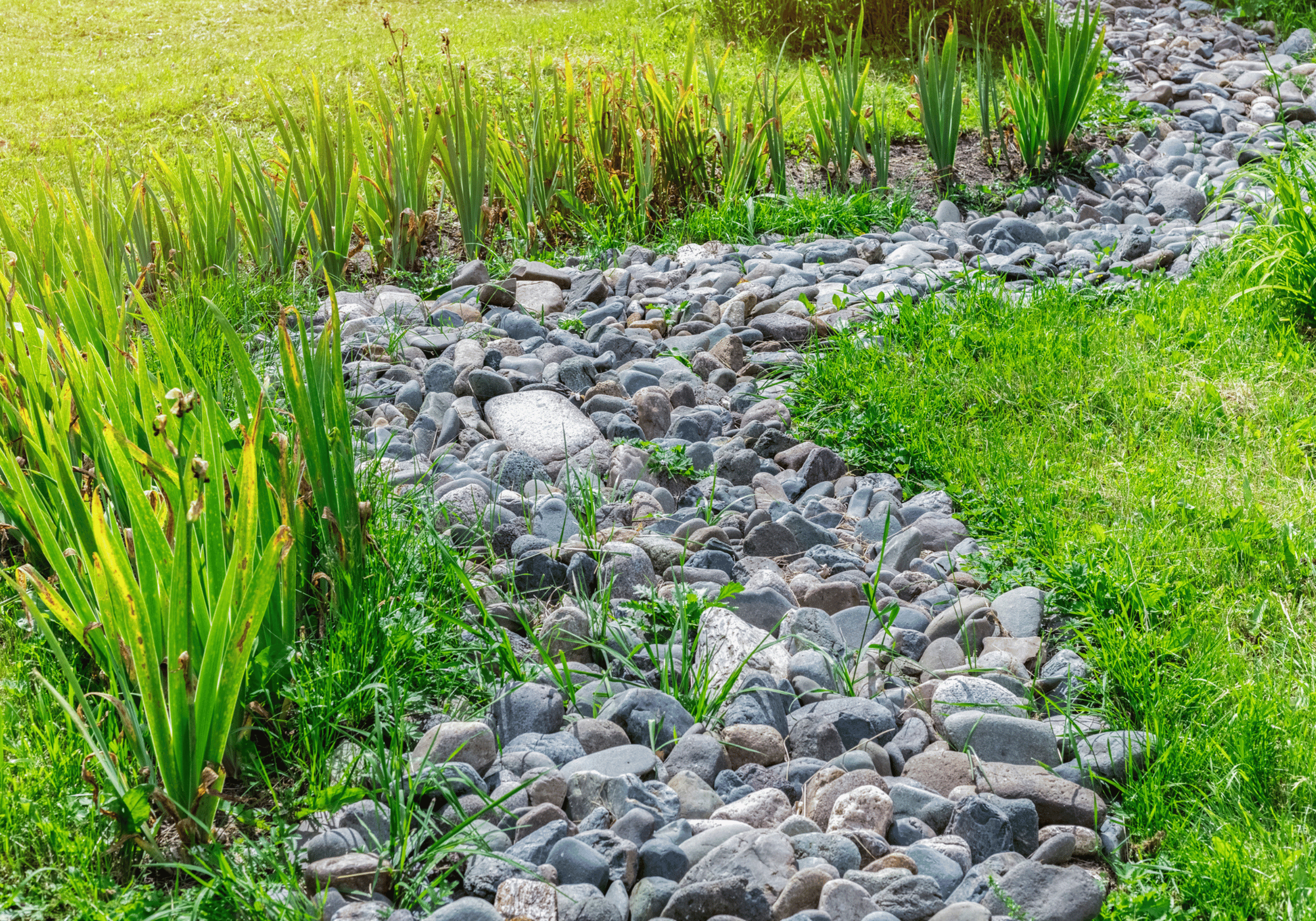
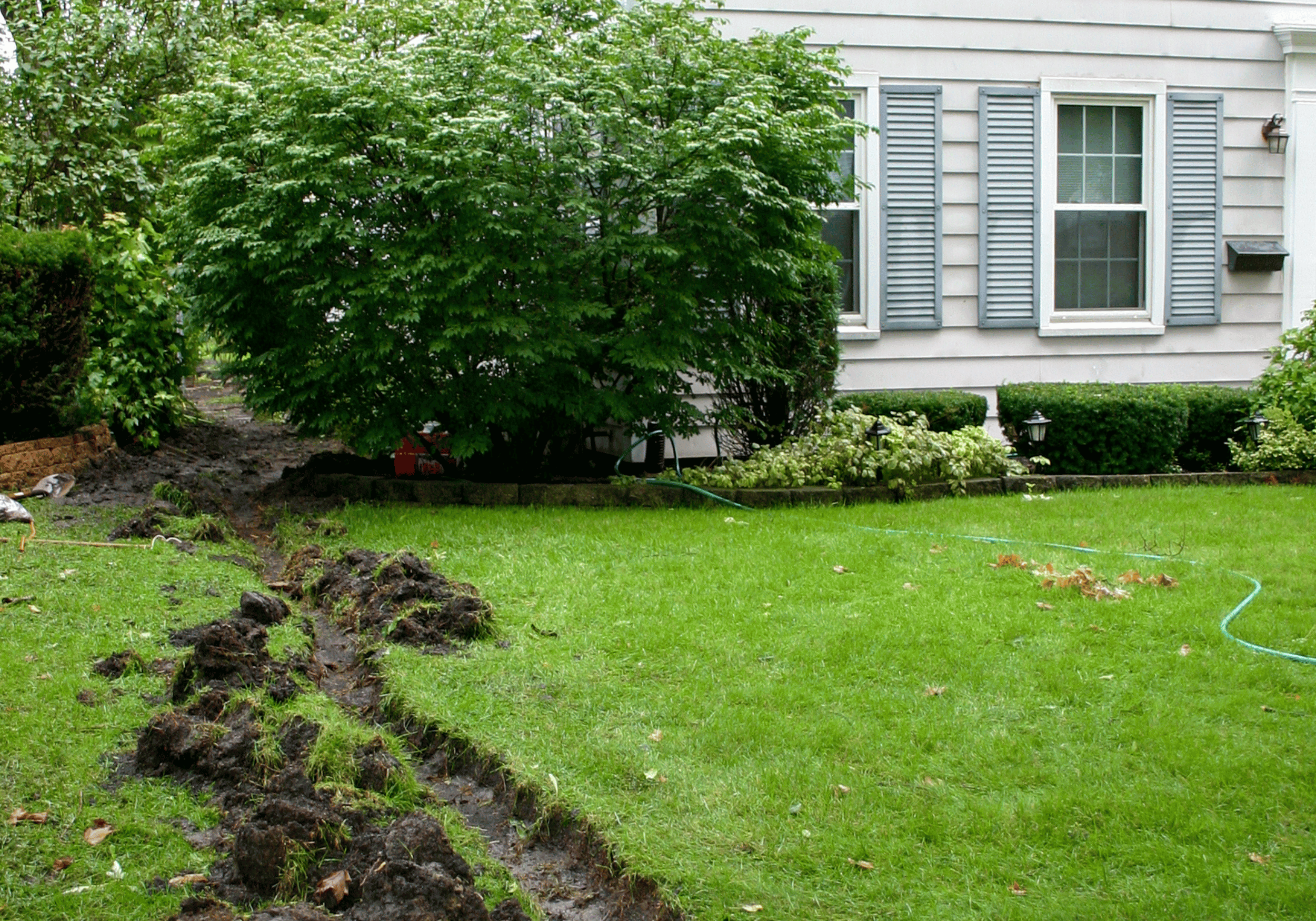
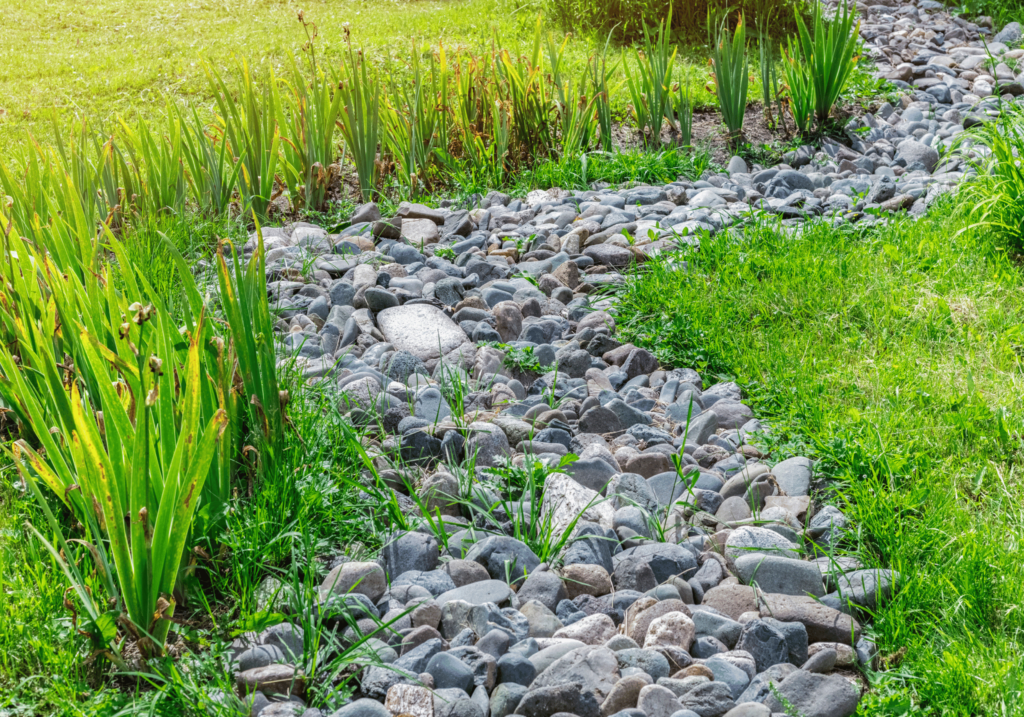
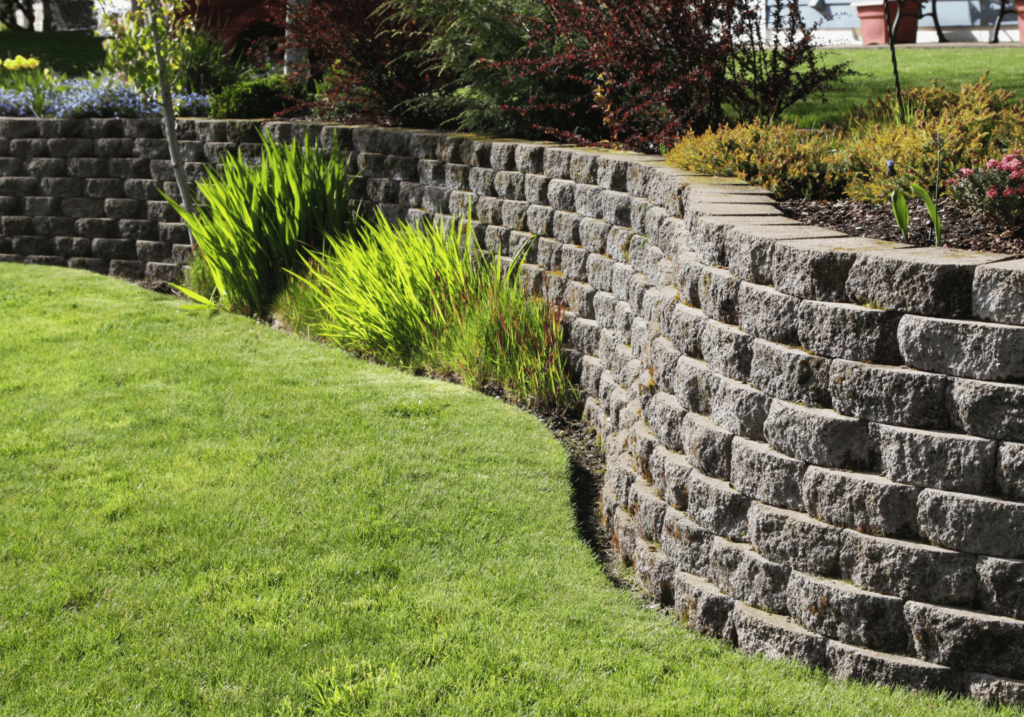
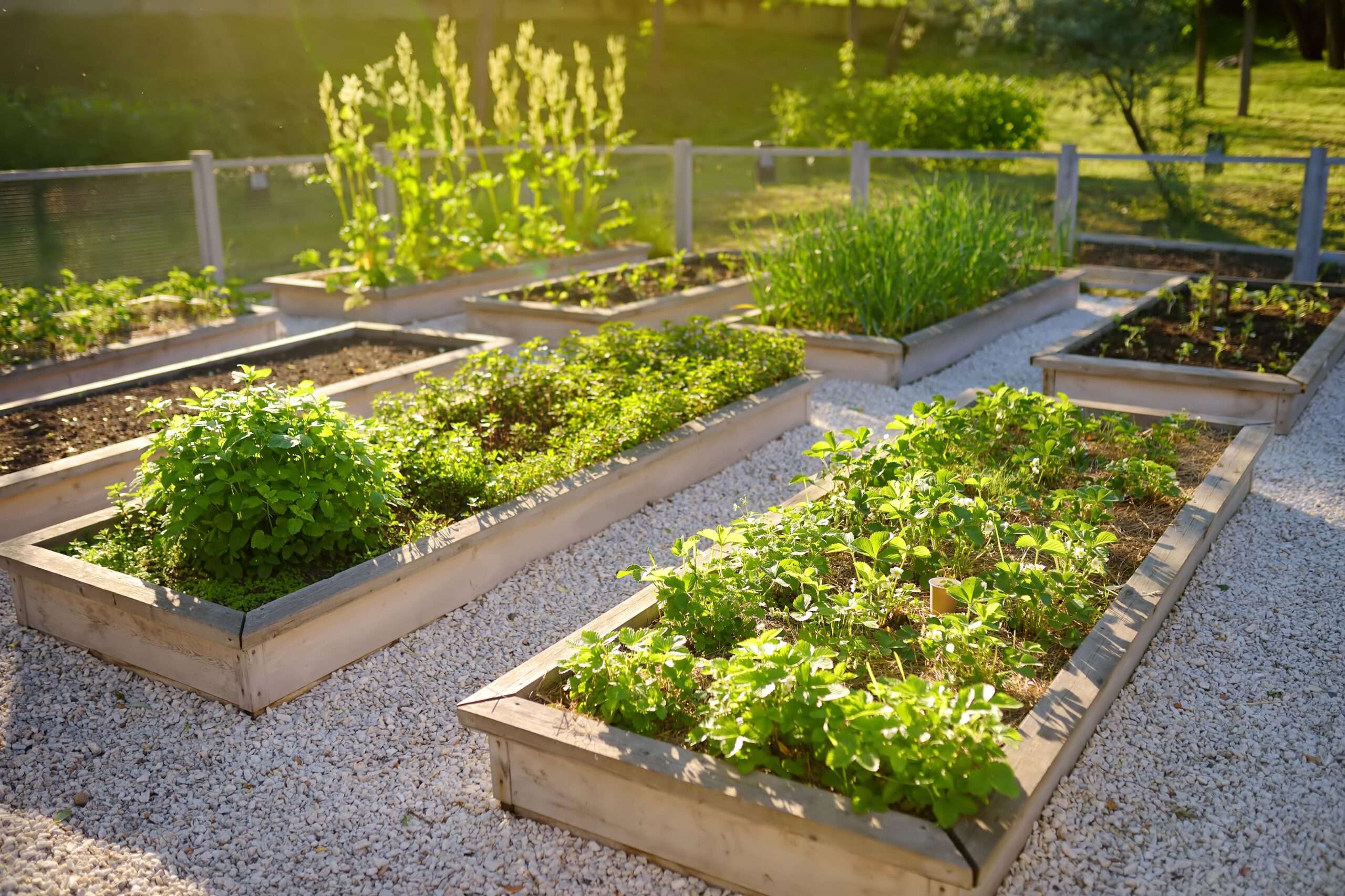
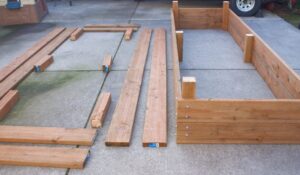 Are you on board yet? Good! First, you need to decide if you will buy your bed or if you prefer to make it yourself. Wood or galvanized steel? Either way, consider the size. We recommend four feet wide by eight feet long and one to two feet deep. Once you have decided on whether to build your garden bed walls yourself or buy a kit, the rest is easy!
Are you on board yet? Good! First, you need to decide if you will buy your bed or if you prefer to make it yourself. Wood or galvanized steel? Either way, consider the size. We recommend four feet wide by eight feet long and one to two feet deep. Once you have decided on whether to build your garden bed walls yourself or buy a kit, the rest is easy!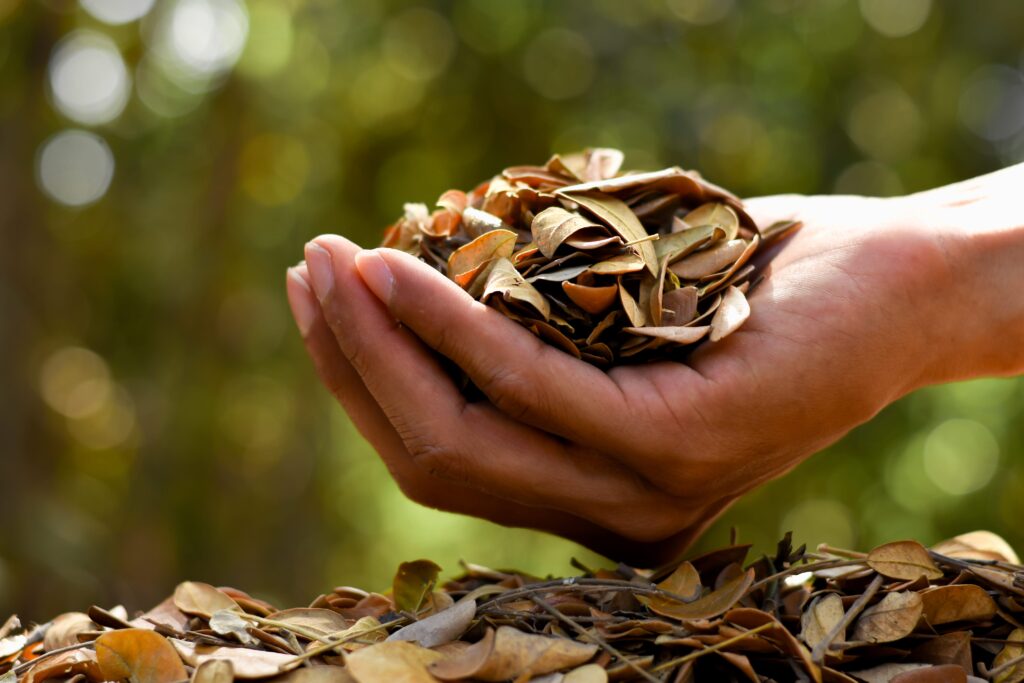
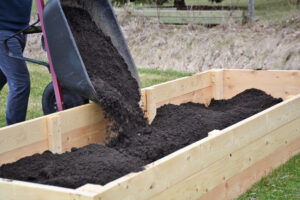 Now it’s time to fill your garden bed. In fact, this is the best part about raised garden beds! You can control what type of soil is used. Soil is rich, full of nutrients and biologically active. It is a living, breathing, dynamic ecosystem of its own. Therefore, our goal here is not to simply fill our raised beds with soil, but to create an optimum living organic raised bed soil where plants can thrive.
Now it’s time to fill your garden bed. In fact, this is the best part about raised garden beds! You can control what type of soil is used. Soil is rich, full of nutrients and biologically active. It is a living, breathing, dynamic ecosystem of its own. Therefore, our goal here is not to simply fill our raised beds with soil, but to create an optimum living organic raised bed soil where plants can thrive.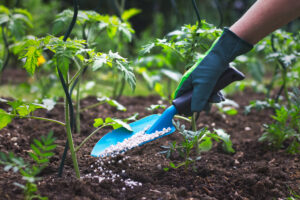 Now it’s time to garden! Check our beds regularly to ensure they are receiving enough water. It is also important to fertilize regularly! If you have any questions,
Now it’s time to garden! Check our beds regularly to ensure they are receiving enough water. It is also important to fertilize regularly! If you have any questions, 